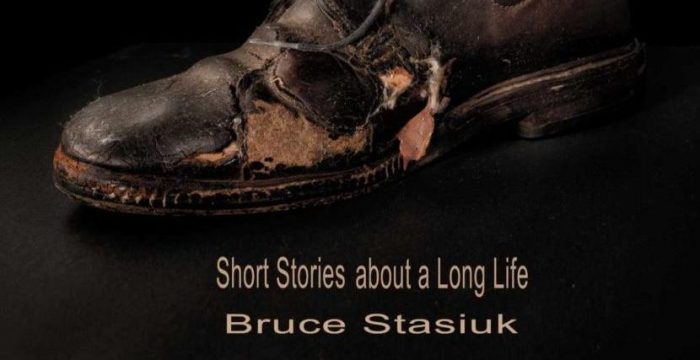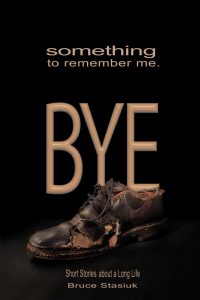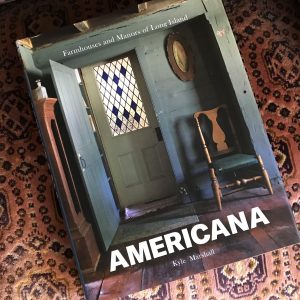Reviewed by Jeffrey Sanzel
The versatile Kerriann Flanagan Brosky’s works include Historic Crimes of Long Island (reviewed in this paper October 2017), Ghosts of Long Island, The Medal, and Delectable Italian Dishes for Family and Friends, among others. Haunted America (a division of The History Press) presents her latest work, Haunted Long Island Mysteries, a well-crafted overview of various sites of supernatural activity from Sag Harbor to Port Washington. Brosky has once again teamed up with medium and paranormal investigator Joe Giaquinto to explore a range of “spirited” hauntings.

This is Brosky’s fourth ghost book: “The journey of investigating over one hundred presumably haunted locales on Long Island has led me to understand many things, including the importance of these spiritual beings and how they relate to our past and history, to the continuity of life after death and to the ability to communicate with our loved ones after they have passed.” Brosky finds the place where history and the spirit world eloquently intersect with the paranormal.
Both Brosky and Giaquinto come from a grounded and focused point of view. They are not looking for converts. Instead, they ask the reader to keep an open mind. “We are simply putting our research and investigations out there for one to ponder while at the same time teaching you about local history and the importance of preserving it.”
Each chapter focuses on a specific location: a house, an inn, a cemetery, a restaurant, etc. From Setauket to Patchogue, Babylon to Stony Brook — many of these places (18 in all) will be familiar to the readers from reading about or even visiting them.
First, Brosky provides a meticulously researched background, with detailed notes on the construction and physical elements. Next, she succinctly proceeds to accounts of the occupants’ lives throughout the years—the families, the marriages, the breaks, the affairs. Finally, having established context, she arrives at the present, interviewing caretakers, directors, docents, and board members. She then connects past to present, highlighting any of the unusual occurrences.
The final section of most chapters is composed of Brosky and Giaquinto’s actual work in the location, including photography, video, and, most interesting, the use of a ghost box. A ghost box (also known as a spirit box) contacts spirits using radio frequency. The result is EVP (Electronic Voice Phenomena): human-sounding voices from an unknown source heard on recorded data from an audiotape, radio station noise, or other electronic media. The book contains portions of transcriptions, but readers may listen to the actual recordings by visiting www.ghostsoflongisland.com, then clicking on Haunted Long Island Mysteries.
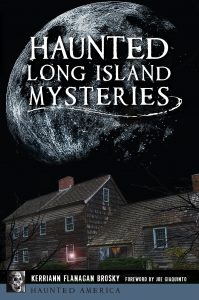 The book contains accounts of orbs of light, dark silhouettes, footsteps in the middle of the night, and slamming doors. There are rooms where the temperature is exceptionally and inexplicably cold. There are scents with no source. But it is not about things that go bump in the night (though many do, including the voice of a screaming woman). Instead, it is about the energy and the presence (perhaps more blessed than haunted). Most of the encounters are with benign and even welcoming entities. Whether focusing on a member of the Culper Spy Ring, a library custodian, a mother guilty of filicide, or victims of a shipwreck, Brosky shows respect for her mission.
The book contains accounts of orbs of light, dark silhouettes, footsteps in the middle of the night, and slamming doors. There are rooms where the temperature is exceptionally and inexplicably cold. There are scents with no source. But it is not about things that go bump in the night (though many do, including the voice of a screaming woman). Instead, it is about the energy and the presence (perhaps more blessed than haunted). Most of the encounters are with benign and even welcoming entities. Whether focusing on a member of the Culper Spy Ring, a library custodian, a mother guilty of filicide, or victims of a shipwreck, Brosky shows respect for her mission.
For believers, the book presents an ideal blend of history and mystery. For others, the exceptional scholarship provides an undeniably detailed examination of a range of Long Island settings. The work celebrates the scientific, not the sensational. This world is not populated by fanatics or conspiracy theories but people who have experienced events and connections for which they cannot find an explanation.
Brosky offers many perspectives in the dozens of interviews. “People always ask us if we have ghosts,” states Frank Giebfried, a docent and board member at Meadow Croft in Sayville. “I have not really experienced anything, just a little voice here or there, but nothing that I would attribute to anything supernatural. I’m a skeptic, but I’m not going to not believe the things people tell me they experience.”
Brosky honors groups like the Bayport-Bluepoint Heritage Association, the Ward Melville Heritage Organization and the Oyster Bay Historical Society for their work in preserving these historical sites and making them available to the public.
The last two chapters are devoted to the Sundance Stables in Manorville, with the final chapter focusing on Rebecca Weissbard, who died in 2016 at age twenty-two. A gifted equestrian, “Becca” died in a horseback riding incident. Her detailed story is the ideal coda because of the resonance of its deeply personal nature.
Giaquinto best sums up Haunted Long Island Mysteries: “There is something for everyone in this book. If you love history, it’s in the book. If you like to read ghost stories and urban legends, there are many to peruse here. And if you’ve ever been curious how a paranormal researcher does their work, you’ll find it here as well.”
Haunted Long Island Mysteries is available online at Barnes and Noble and Amazon. Learn more about the author at www.kerriannflanaganbrosky.com.

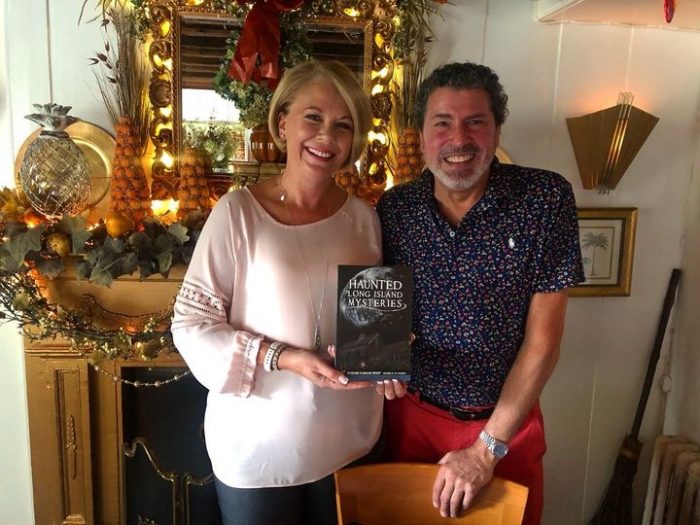
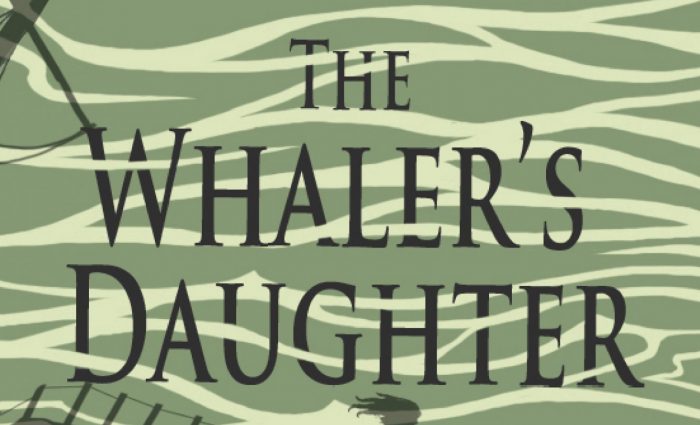
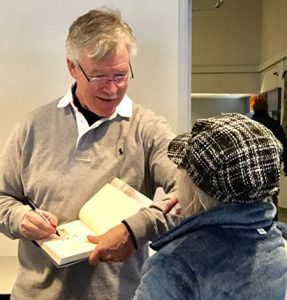
 Certainly, the hyper-articulate Calagun is the book’s unique character. Nicknamed “Figgie,” the aboriginal boy’s eloquence is a marvel: “Your perceptions of my intentions are somewhat askew.” A new oarsman in the Dawson crew, he becomes Savannah’s companion and champion. He serves as the gateway in her shift in perception. Through him, she sees the orcas anew and, subsequently, the world. Their interactions root in genuine respect and affection. “Some people are like empty bowls we can pour all our problems into, and Figgie was that way for me,” muses Savannah.
Certainly, the hyper-articulate Calagun is the book’s unique character. Nicknamed “Figgie,” the aboriginal boy’s eloquence is a marvel: “Your perceptions of my intentions are somewhat askew.” A new oarsman in the Dawson crew, he becomes Savannah’s companion and champion. He serves as the gateway in her shift in perception. Through him, she sees the orcas anew and, subsequently, the world. Their interactions root in genuine respect and affection. “Some people are like empty bowls we can pour all our problems into, and Figgie was that way for me,” muses Savannah.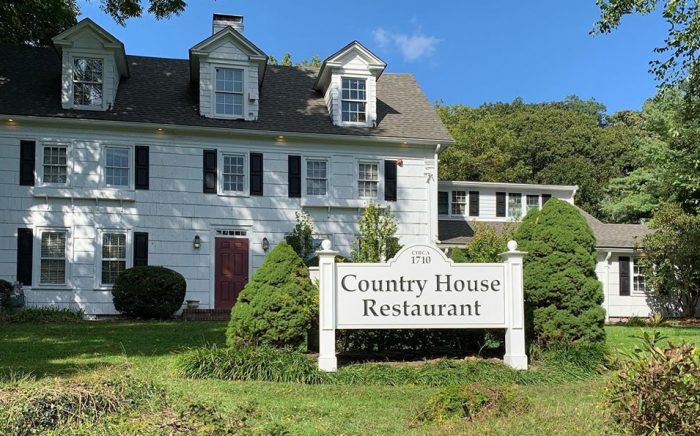

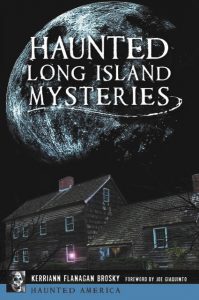 The Country House Restaurant was originally a residential home from 1710 to 1970. Annette Williamson, daughter of the family that owned the house, resided there before the Revolutionary War. She is said to haunt the restaurant, as she was murdered by local townspeople for supposedly being a British spy. In the late 1800s it became the home of a famous British actor, Thomas Haddaway – who would hold meetings of spiritualism, including séances to contact the dead, with local neighbor, artist and poet William Sidney Mount. The Country House Restaurant has been the destination of ghost hunters and those fascinated with hauntings for centuries.
The Country House Restaurant was originally a residential home from 1710 to 1970. Annette Williamson, daughter of the family that owned the house, resided there before the Revolutionary War. She is said to haunt the restaurant, as she was murdered by local townspeople for supposedly being a British spy. In the late 1800s it became the home of a famous British actor, Thomas Haddaway – who would hold meetings of spiritualism, including séances to contact the dead, with local neighbor, artist and poet William Sidney Mount. The Country House Restaurant has been the destination of ghost hunters and those fascinated with hauntings for centuries.
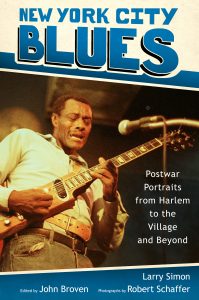
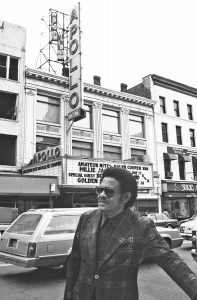
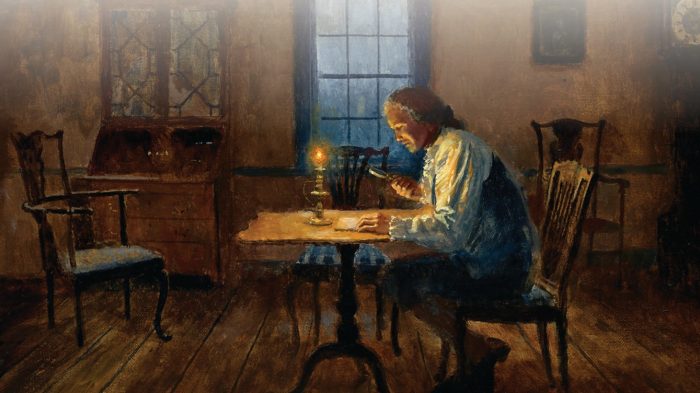
 After the book discussion, enjoy a final opportunity to see the newly discovered Culper Spy letter while it is still on vie. The handwritten letter that is dated November 8, 1779, and is from Benjamin Tallmadge (using his alias, John Bolton) to Robert Townsend (alias, Samuel Culper Jr.) is the only known surviving letter between the two.
After the book discussion, enjoy a final opportunity to see the newly discovered Culper Spy letter while it is still on vie. The handwritten letter that is dated November 8, 1779, and is from Benjamin Tallmadge (using his alias, John Bolton) to Robert Townsend (alias, Samuel Culper Jr.) is the only known surviving letter between the two.
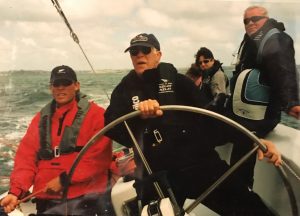
 A special section focuses on the author’s grandfather, Captain Beverly Swift Tyler, who was a ship captain, boat builder, racing sailor, and boarding house owner. This unique and personal inclusion further brings to life the living history element of the writer’s undertaking.
A special section focuses on the author’s grandfather, Captain Beverly Swift Tyler, who was a ship captain, boat builder, racing sailor, and boarding house owner. This unique and personal inclusion further brings to life the living history element of the writer’s undertaking.

 Tommy and Maria are Our Town’s George and Emily for a savvier time. While they are actively intimate, there is still innocence and awakening. Tommy is in the rush and flush of first love, where every moment means something: hours of phone calls, of anticipation. Lorenzo writes with accuracy, of hormones and hope, but also with kindness. His young people wade through their own truths and struggle with hypocrisies. There is sex and drugs, but there is also a genuine connection.
Tommy and Maria are Our Town’s George and Emily for a savvier time. While they are actively intimate, there is still innocence and awakening. Tommy is in the rush and flush of first love, where every moment means something: hours of phone calls, of anticipation. Lorenzo writes with accuracy, of hormones and hope, but also with kindness. His young people wade through their own truths and struggle with hypocrisies. There is sex and drugs, but there is also a genuine connection.